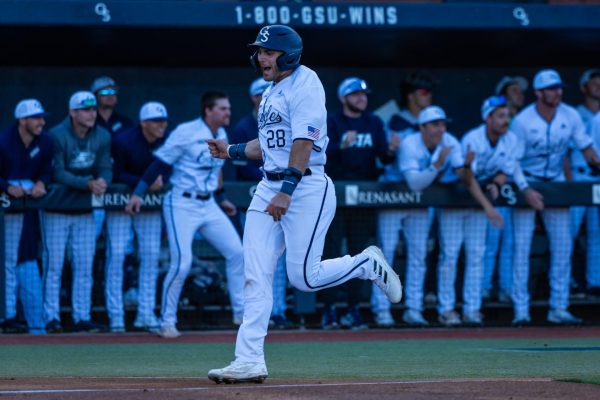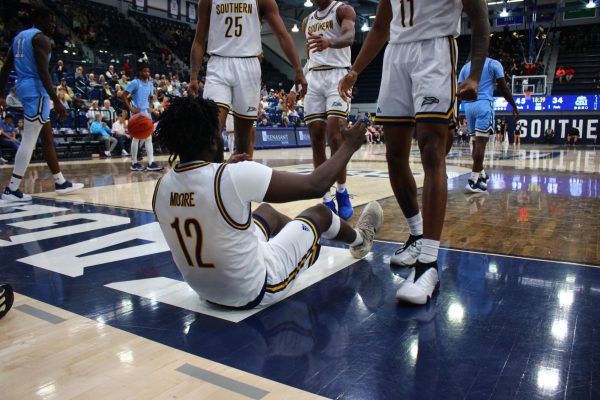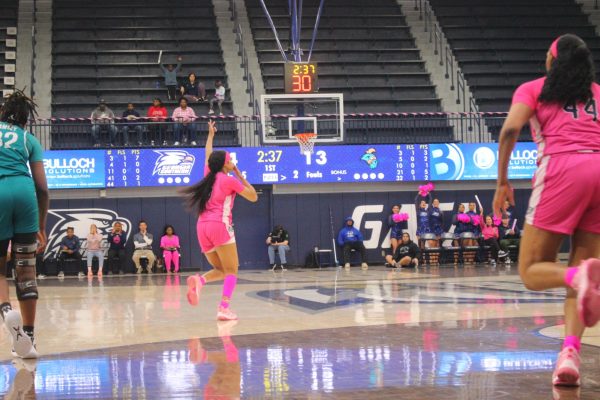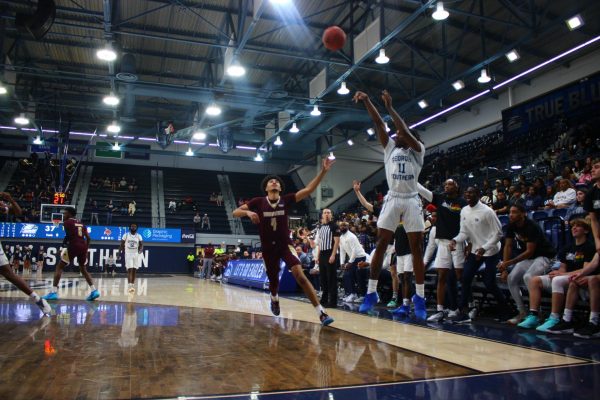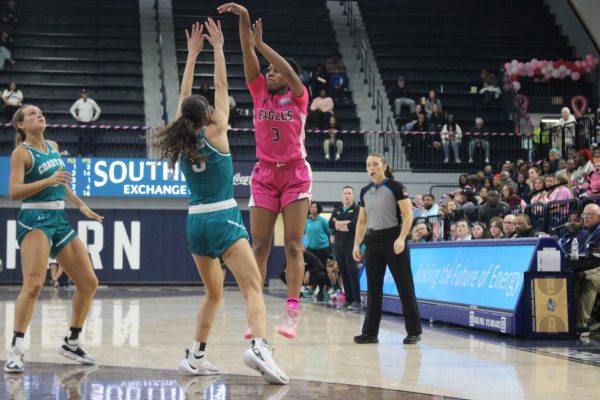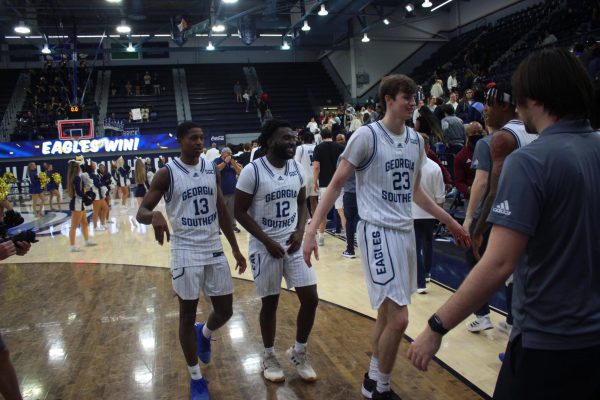NCAA targeting rule needs amends
October 22, 2013
The NCAA’s new rule on targeting, which was implemented at the start of the 2013 season, is a great move for the game. With that said, the exiting rules around it need to be adapted so it fits the current rules of college football.
The NCAA’s targeting rule says that any player who targets and makes contact with a defenseless player above the shoulders will be ejected. The ejection penalty, which has been added on to an existing 15-yard penalty for unnecessary roughness, has stipulations as well. The ejection is reviewable during the game and after the game by the conference, but the 15-yard penalty is not. Finally, if a player has been ejected during the first half, he is out for the rest of the game. If the player was ejected during the second half, he will also be ejected for the first half of the next game.
Before the targeting rule came about, there were many bone-crushing hits that had fans jumping out of their seats cheering and, consequentially, sending the player on the receiving end to the sideline or worse.
Before Matt Ryan was calling signals for the Atlanta Falcons, he was under-center for Boston College from 2004 through 2007. In a game against Clemson University in 2005, former Tiger linebacker David Dunham drove his helmet into Ryan’s chest as he threw a pass. The hit was so hard that it caused Ryan’s helmet to come flying off. The play was not penalized, and is still frequented on YouTube to this day.
In 2013, not only would that play go with a 15-yard penalty, but Dunham also could have possibly been ejected from the game. Also, Dunham would have found himself suspended for the first half of the following contest against Wake Forest University due to the fact that the hit came in the second half.
The need for adjusting the rule has never been more evident as it was during Vanderbilt University’s win over the University of Georgia. Junior UGA linebacker Ramik Wilson was originally called for targeting after a shoulder-to-shoulder hit on senior Vanderbilt receiver Jonathan Krause. After review, the ejection part of the penalty was overturned and Wilson was allowed to stay in the game. The 15-yard penalty for the hit, however, stayed in effect. The yardage gave Vanderbilt a first down and eventually led to a touchdown.
The only knock I have on the rule is that the 15-yard penalty cannot be overturned even if the ejection has been. As seen in the Vanderbilt game, the play was reviewed and overturned, but a team was given free yards and the outcome of the game was affected. Anything that affects the outcome of a contest, other than the participants, is not a good thing for the sport. This is a technicality that will have to be addressed down the road if more of these situations are to be avoided.
I applaud the NCAA for implementing the penalty on targeting. When player safety can be helped in any way, it is always a good thing for the sport. After witnessing the injuries that have crippled Georgia Southern University’s football team this season, the NCAA’s attempt to cut down on those injuries and attempt to ensure the student-athletes a safer experience can only help the game in the long run.










